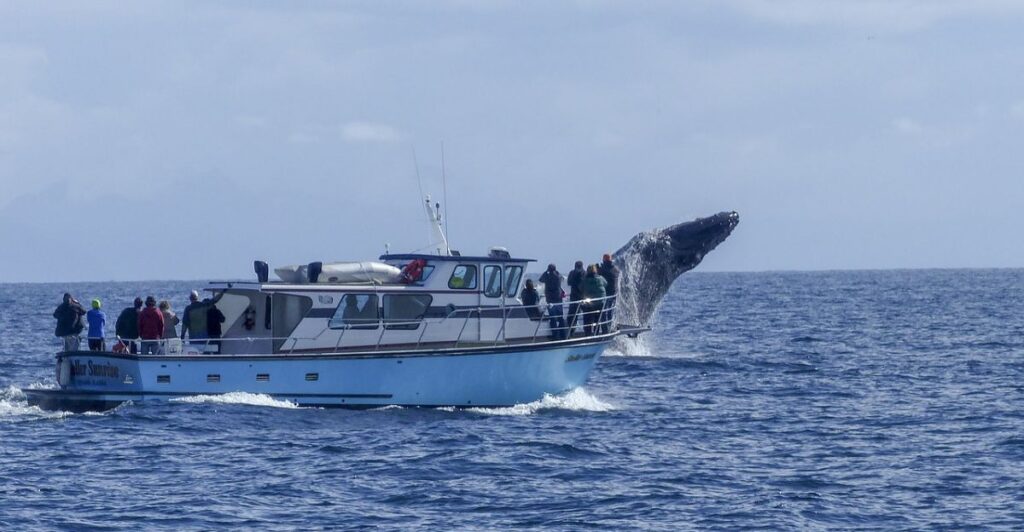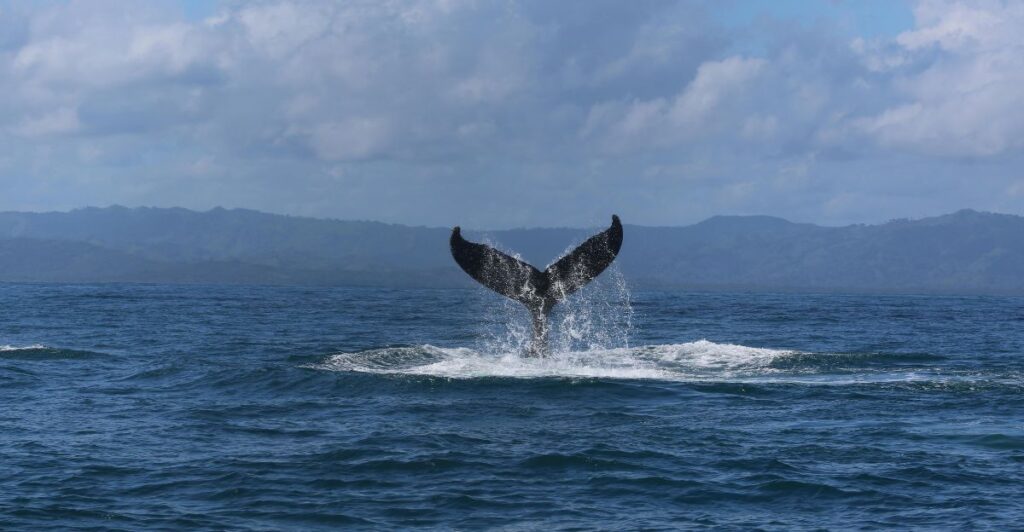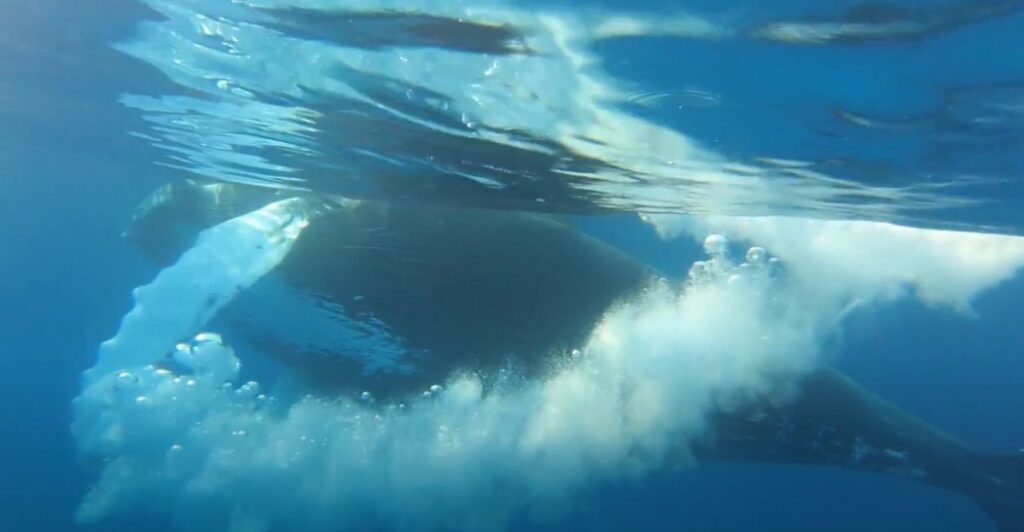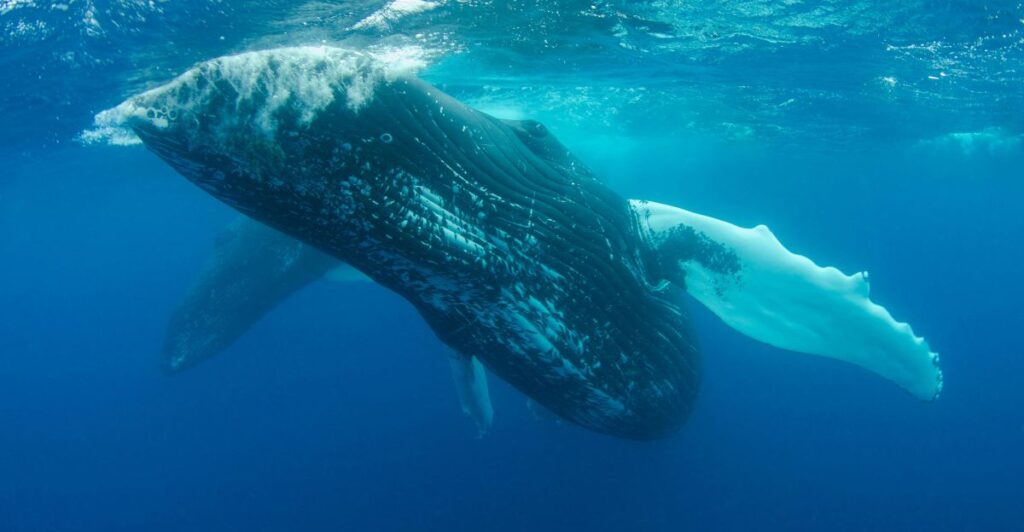
Few creatures match whales when it comes to survival smarts. These ocean giants face constant threats, yet they’ve developed ingenious tactics to stay ahead of danger. Using strategy, teamwork, and speed, they blend intelligence with adaptability. Here are 12 remarkable ways whales outsmart their enemies and survive against the odds.
1. Outsmarting Hunters by Knowing Their Engines

Whales got wise to the sounds of danger. They learned to recognize the engine noise of whaling ships and changed course or dove deep before hunters got too close. This sharp listening skill turned the ocean into a vast game of hide-and-seek.
2. Deep Diving as a Shield

These whales mastered disappearing into the ocean’s dark depths, diving over 3,000 feet. Hunters lacked the tools to follow. The dives bought them time and highlighted their incredible lung capacity, allowing them to stay submerged for over an hour.
3. Tail Strikes That Turned the Tide

When pods felt cornered, they fought back with powerful tail strikes. Blue whales created waves strong enough to destabilize small whaling boats. These aquatic “counterattacks” sent a loud message to predators that chasing these giants wasn’t worth the risk.
4. Silent Songs in Crisis

Whale songs are famous, but silence can be even more strategic. Pods stopped singing entirely when hunters approached. By staying quiet, humpback whales avoided detection, which made it impossible for hunters to locate them.
5. Bubble Screens of Survival

Humpbacks’ bubble nets aren’t just for feeding. These bubbles served as underwater “smokescreens,” which confused both predators and hunters. Surrounding themselves with bubbles, they created visual chaos and let predators slip away unnoticed.
6. Pod Circles of Defense

Sperm whales formed tight “marguerite formations” when calves were in danger. This circle, resembling a flower, placed vulnerable members at the center while adults faced outward. Hunters struggled to penetrate this barrier of heads and tails.
7. Ocean Currents for Escape Velocity

Blue whales used ocean currents like the Gulf Stream to outrun risks. By aligning with these natural highways, they boosted their speed while conserving energy. Currents became their silent allies and offered a sustainable escape route.
8. Echolocation as an Early Alarm

Whales turned echolocation into an underwater radar. These clicks, used to steer and find food, also helped detect distant boats. Their natural early warning system allowed them to change direction or dive before danger got too close.
9. Distraction Tactics with Decoys

Orcas often relied on decoy strategies to protect their pods. A single adult would break away and lure predators or hunters in the wrong direction. Through this selfless act, the rest of the group gained time to escape.
10. Hiding Among Underwater Canyons

Underwater canyons offered perfect hideouts. Gray whales found sanctuary in these deep trenches where sonar detection was distorted. Hunters struggled to maneuver the rugged seafloor, which gave the whales a chance to rest or regroup.
11. Speed That Left Hunters Speechless

Blue whales are the ocean’s sprinters that reach bursts of 30 mph. During hunts, this incredible speed left whaling ships trailing behind. Their size may be immense, but these giants proved they could outpace even the fastest vessels in a heart-pounding ocean chase.
12. Adapting to Challenges Over Generations

Perhaps the most ingenious strategy is evolution itself. Over the decades, whales have developed behaviors that counter hunting techniques. From changing migration routes to social adaptations like defensive formations, these adjustments became ingrained.
Stay connected with us for more stories like this! Follow us to get the latest updates or hit the Follow button at the top of this article, and let us know what you think by leaving your feedback below. We’d love to hear from you!







